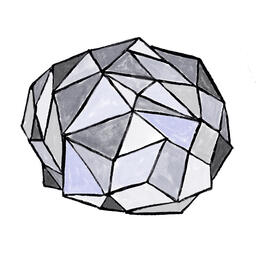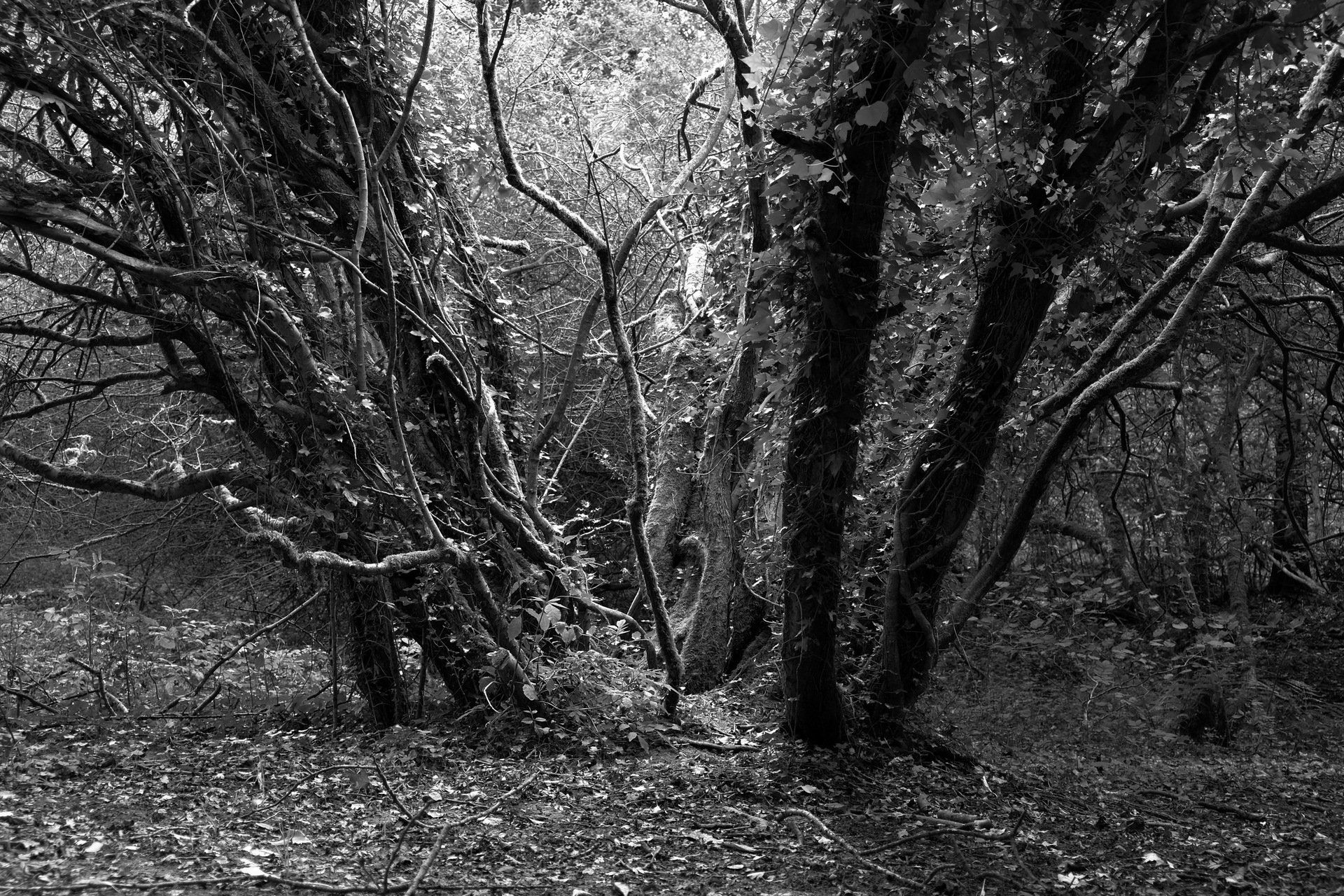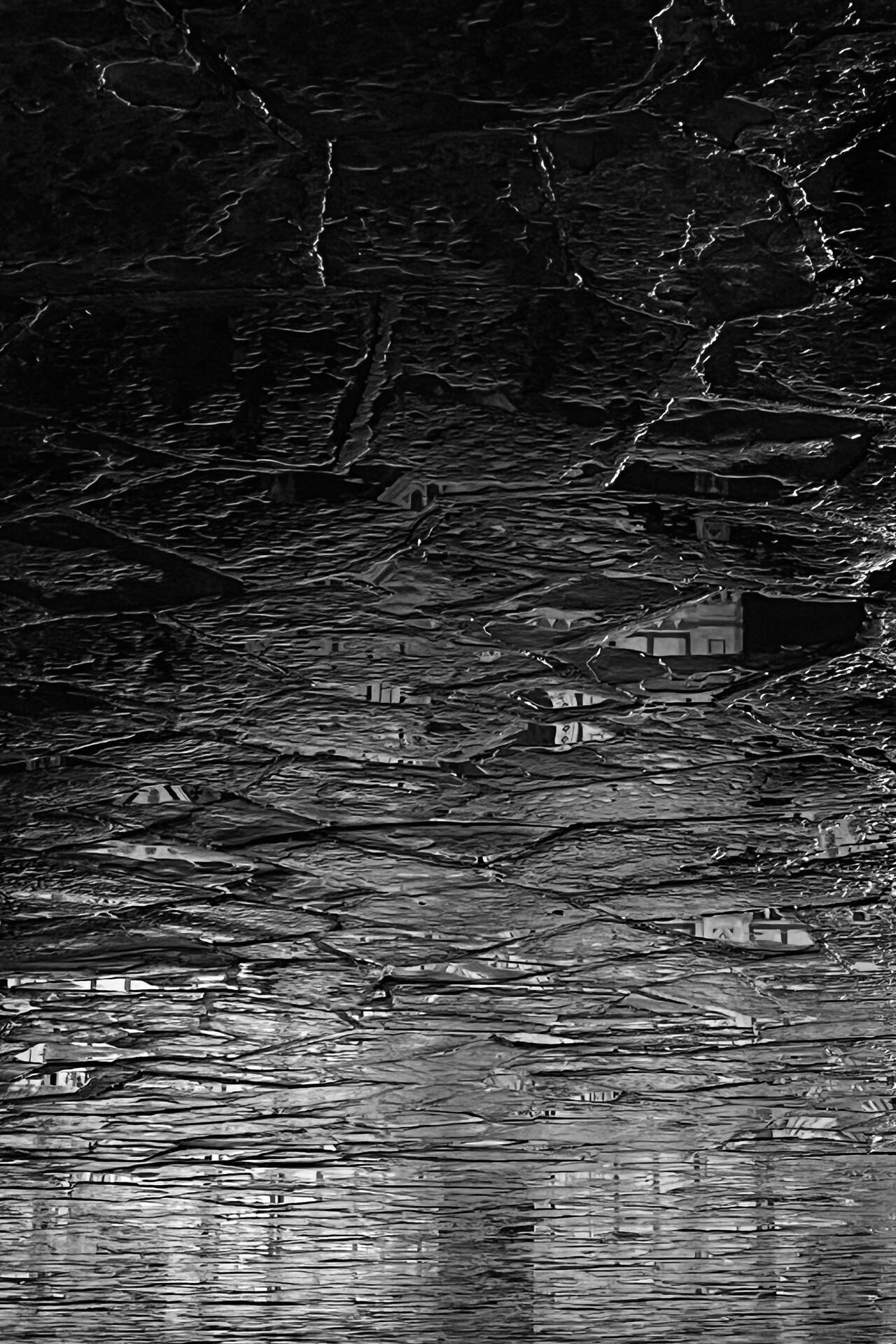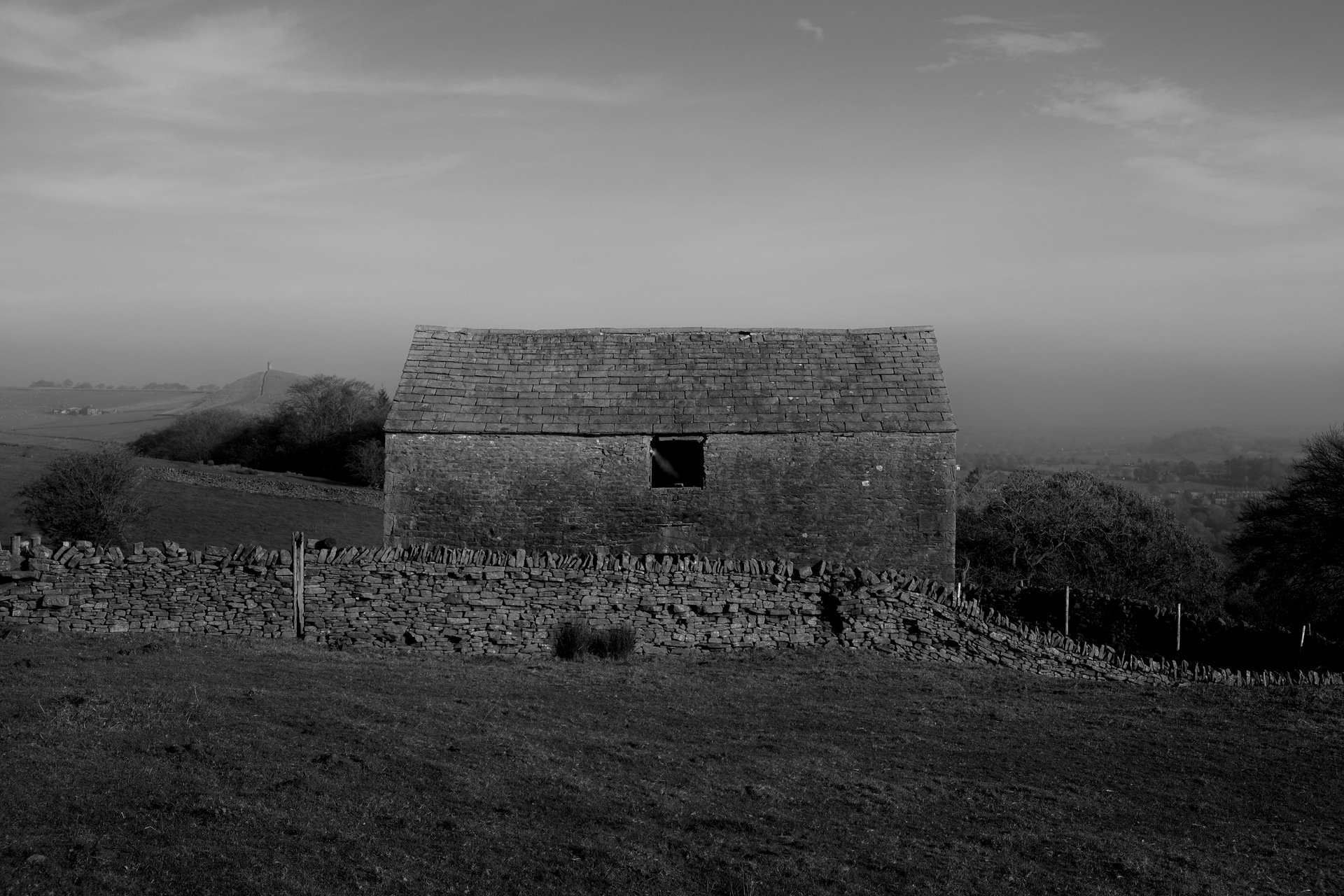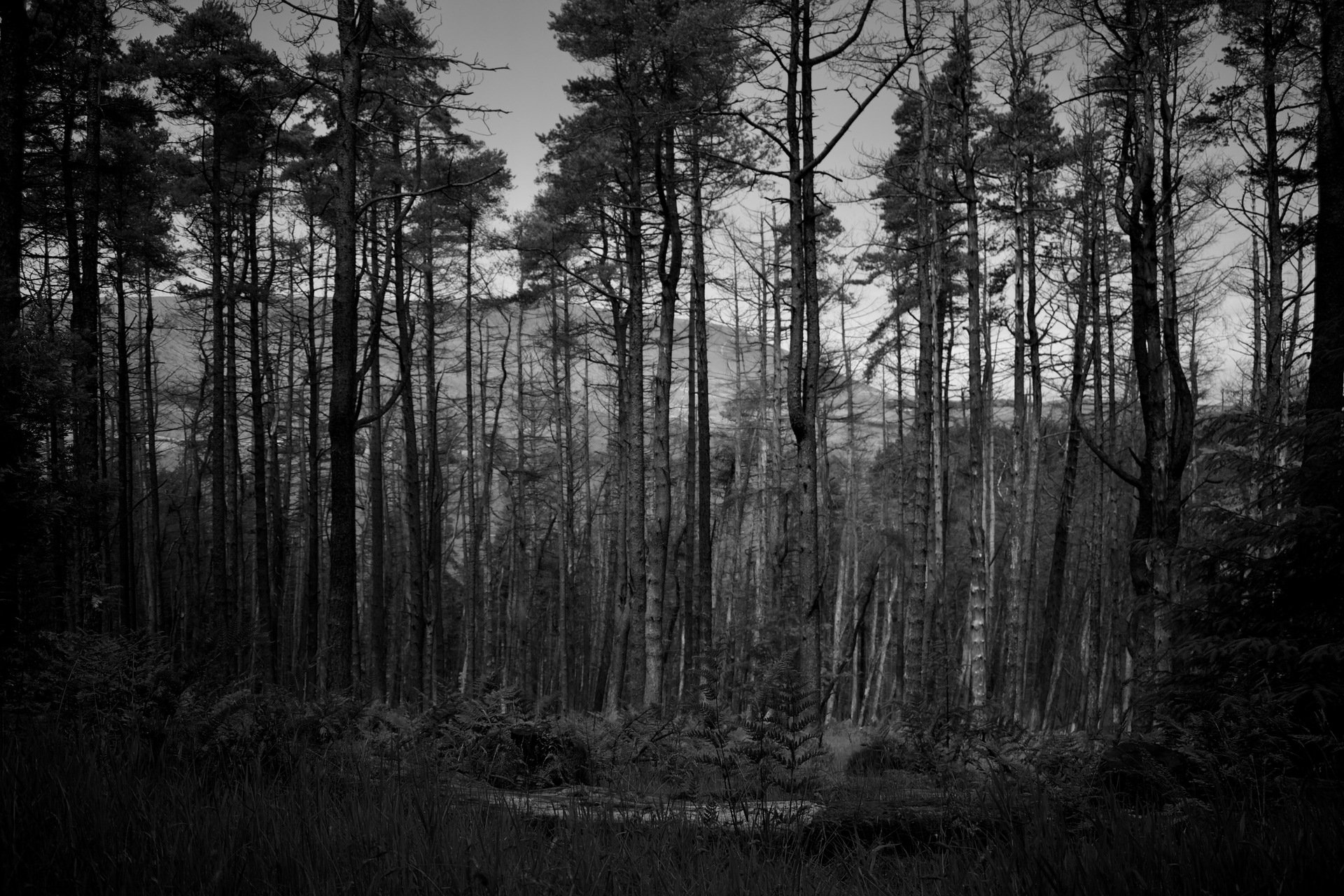
The following passage is taken from…
The following passage is taken from Jung’s commentary in ‘The Trickster, A Study in American Indian Mythology’ by Paul Radin, first published in 1954. The passage is located at the mid-point of the
commentary and in it Jung connects, for the first time, the myth of the trickster to his theoretical concept of the shadow.
Reproduced in C.G. Jung’s, ‘On the Psychology of the Trickster Figure’, in Collected Works, volume 9i, para. 469.
‘Now if the myth were nothing but a historical remnant, one would have to ask why it has not long since vanished into the great rubbish-heap of the past, and why it continues to make its influence felt on the highest level of civilization, even where, on account of its stupidity and grotesque scurrility, the trickster no longer plays the role of the “delight-maker.” In many cultures his figure seems like an old river-bed in which the water still flows. One can see this best of all from the fact that the trickster motif does not crop up only in its mythical form but appears just as naıvely and authentically in the unsuspecting modern man—whenever, in fact, he feels himself at the mercy of annoying “accidents” which thwart his will and his actions with apparently malicious intent. He then speaks of “hoodoos” and “jinxes” or of the “mischievousness of the object.” Here the trickster is represented by counter- tendencies in the unconscious, and in certain cases by a sort of second personality, of a puerile and inferior character, not unlike the personalities who announce themselves at spiritualistic s´eances and cause all those ineffably childish phenomena so typical of poltergeists. I have, I think, found a suitable designation for this character-component when I called it the shadow. On the civilized level, it is regarded as a personal “gaffe,” “slip,” “faux pas,” etc., which are then chalked up as defects of the conscious personality. We are no longer aware that in carnival customs and the like there are remnants of a collective shadow figure which prove that the personal shadow is in part descended from a numinous collective figure. This collective figure gradually breaks up under the impact of civilization, leaving traces in folklore which are difficult to recognize. But the main part of him gets personalized and is made an object of personal responsibility.’
#note
